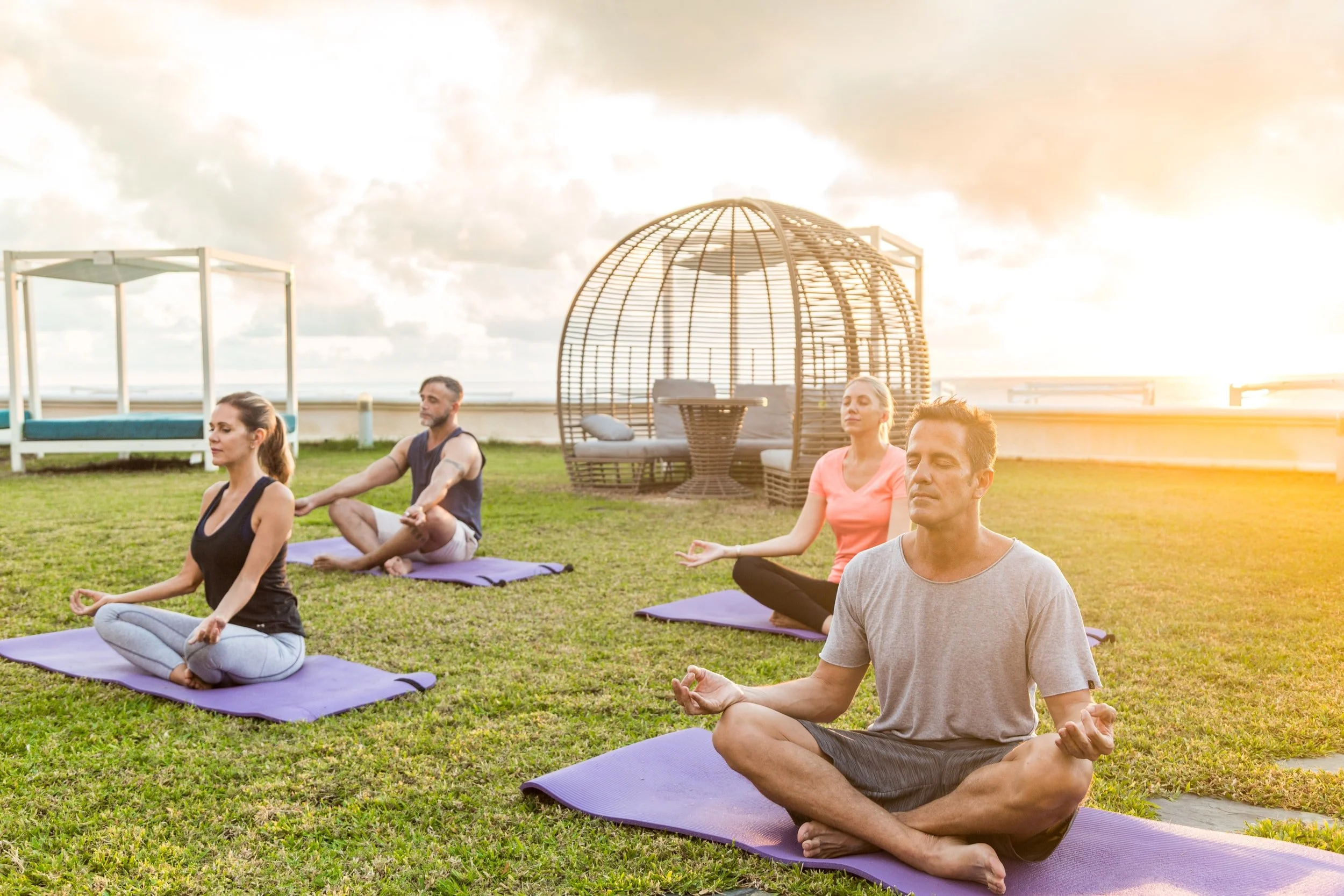12 Myths about stretching
12 MYTHS ABOUT STRETCHING
Can I stretch with a sore back? Is it normal to feel discomfort while stretching? Can I stretch during pregnancy? In this article, we'll answer 12 of the most pressing questions about stretching.
With age, the body loses its elasticity, and the elasticity of the ligaments is no longer the same as in youth. Therefore, it is necessary to train the elasticity of the tendons and muscles, making very small springy movements. For example, jumping rope is suitable (jump low, almost without taking off the floor).
Stretching may not be the most exciting part of working out, but doing flexibility work is just as important for a well-rounded fitness routine as strength and cardio work.
1. Myth: Stretching Prevents Injury.
Does stretching really prevent injury? There is no scientific evidence for this. Research shows that stretching has no effect on injury. Warm up before exercising to protect yourself from sprains and strains. The warm-up also includes dynamic stretches such as lunges, arm and leg swings. The essence of dynamic stretching is to use the maximum amplitude of muscle movement, but not go beyond what is natural.
2. Myth: Those with good flexibility don't need to stretch.
Stretching is not limited to twine. Twine is a completely optional attribute of stretching; it is more of aesthetics. But stretching as part of a dynamic warm-up is important. This stretching stimulates blood flow to the muscles and thus prepares the body for stress. In addition, if stretching is ignored for a long time, flexibility decreases.
Stretching keeps the muscles flexible, strong, and healthy, and we need that flexibility to maintain a range of motion in the joints.
3.Myth: Stretching is good for everyone.
There are exceptions. Hypermobility syndrome is an inborn increased flexibility of the joints and spine. With this syndrome, it is better to avoid heavy load on the ligaments and tendons, so as not to get stretched or dislocated.
4. Myth: Stretching lengthens the muscles and tendons.
Stretching does not affect muscle or tendon length. The only way to lengthen them is to leave them in the maximum stretched position for four weeks. As a result, new sarcomeres (a repeating section of myofibrils of striated muscles.) Will appear and the muscles will stretch. But we certainly do not recommend such an extreme method. It is impossible to lengthen anything with a stretch.
5. Myth: All types of stretching work the same.
Stretching is of two types: dynamic and static. We wrote about the dynamic above. Static stretching is recommended after exercise. But if you are doing dance or gymnastics, then such exercises will be effective before class. During static stretching, you need to stand still in a certain position for 30-60 seconds and focus on your movements. You shouldn't feel pain - just a gentle traction.
Regular stretching keeps muscles long, lean, and flexible, and this means that exertion won't put too much force on the muscle itself.
6. Myth: Everyone needs to spend the same amount of time stretching.
It's actually not so much the time spent stretching that matters as the exercise you do. If you are sedentary, you will want to stretch for a little longer, as some muscles become numb during the day. In this case, it is important to pay more attention to problem muscles in the warm-up before training and stretching after.
Before you start stretching regularly, understand why you are doing it: whether you want to gain flexibility, reduce the risk of injury, or reduce muscle pain. The specific goal will not allow you to abandon training.
7. Myth: With a sore back, you can't stretch.
There are several causes of back pain: spasms, sprains, and problems with the intervertebral discs. At least the first two problems can reduce regular stretching time. A study by the Seattle Research Institute found that doing yoga or stretching for 20 minutes a day can reduce back pain in three months. So, the opposite is true: for back pain, stretching is not only possible but necessary. But first, of course, see your doctor to find out the cause of the pain.
If you have chronic conditions such as Parkinson's disease or arthritis, you'll want to clear a new stretching regimen with your doctor before you start.
8. Myth: Overweight people shouldn't stretch.
Overweight people usually suffer from joint pain - hence the myth. But even basic stretching exercises can significantly improve your overall condition. Pilates, tai chi and yoga are good choices. Regular exercise can help you lose weight.
9. Myth: Elderly people shouldn't stretch
Studies have shown that flexibility decreases by about 50% with age. The best way to prevent this is to stretch regularly. For older adults, the recommendations are the same: static stretching will maintain flexibility, while dynamic stretching will increase the range of motion.
10. Myth: You can sit on the twine in a week.
It is not that simple. For the muscles to stretch, new sarcomeres must form. In general, the twine is a completely optional attribute of stretching, it is rather aesthetics. If you want to do a split without getting hurt, give yourself time. Do this set of exercises every time after training - and in a few months you will be able to sit on the split.
We used to believe that stretching was necessary to warm up the muscles and prepare them for activity. However, mounting research has shown that stretching the muscles before they're warmed up can actually hurt them.
11. Myth: Stretching helps you lose weight.
Some people feel that the legs become thinner after stretching. Unfortunately, this is not so. Stretching itself does not affect the appearance of the body and does not help to lose weight. Losing weight is always a calorie deficit: you need to spend more than you consume.
12. Myth: Stretching always hurts.
It's okay to step out of your comfort zone while stretching. But you need to know when to stop. If the pain is a 5 on a scale of 1-10, you are fine. If the pain is worse, it's best to stop.
Conclusion
Stretching works for almost everyone. If you do not forget about the technique of performing the exercises, then stretching is safe and helps to smoothly enter the training regime.














